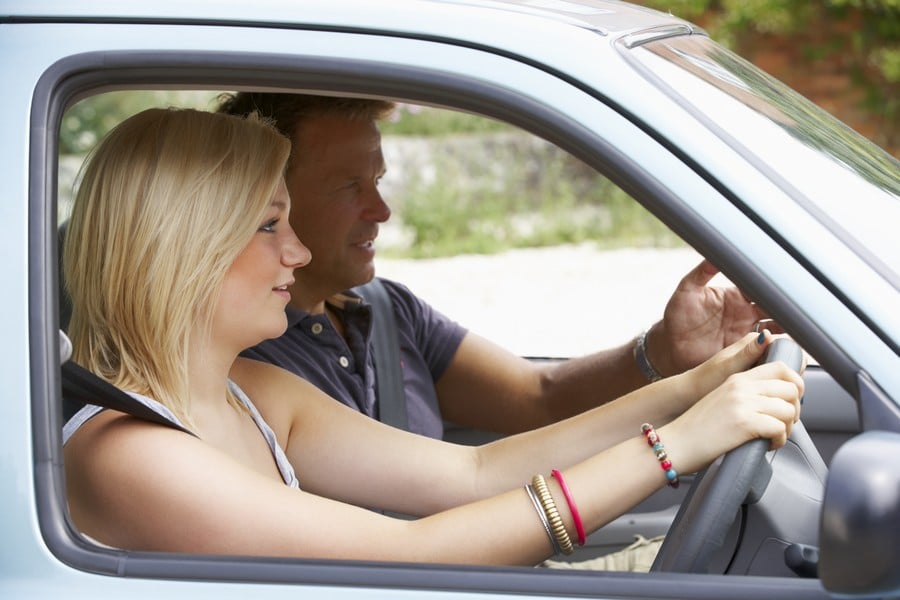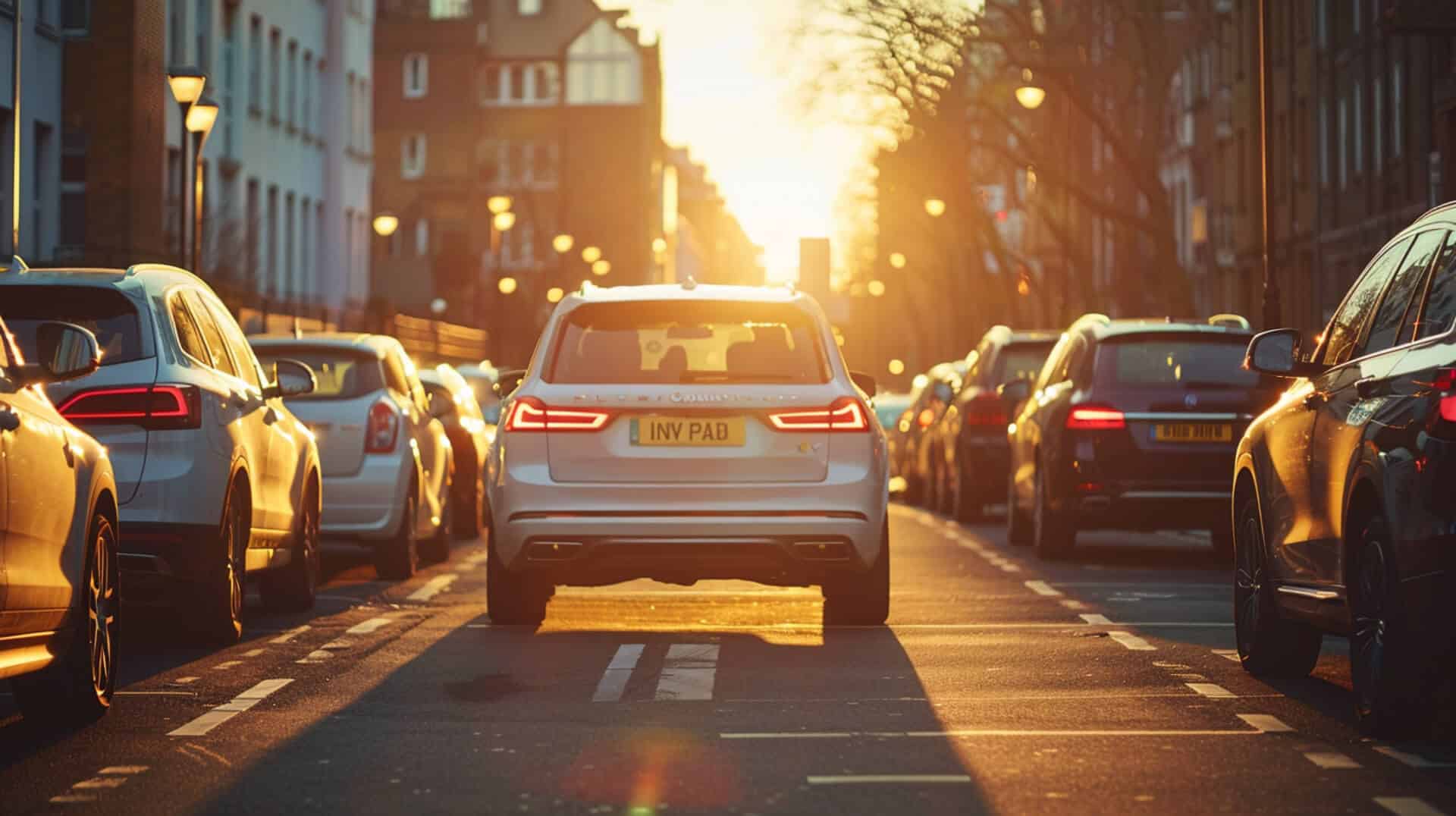
What is the definition of moving off?
Moving off, in the context of driving, refers to the process of starting a vehicle from a stationary position. It involves engaging the clutch, selecting the appropriate gear, and applying the accelerator to initiate the movement of the vehicle. Moving off is a fundamental driving manoeuvre that requires the driver to complete a series of safety cheques and manoeuvres before driving away.
Moving off is different from other driving manoeuvres in that it requires the driver to use the clutch and accelerator to control the speed of the vehicle. Unlike other manoeuvres that involve maintaining a constant speed or changing lanes, moving off focuses on the initial acceleration and control of the vehicle from a stationary position.
The key components of moving off are as follows:
- Preparation: Before moving off, the driver needs to depress the clutch fully and select the first gear. If necessary, they should set the gas and reach the clutch biting point. The left hand should be placed on the handbrake, thumb on the button ready to release it, while the right hand should be on the steering wheel in the 2 or 3 o’clock position.
- Mirror Check: A full all-round check and mirror check should be performed before moving off. This includes checking the blind spot to ensure there are no vehicles, cyclists, or pedestrians in the vicinity.
- Signalling: If there are vehicles, cyclists, or pedestrians nearby, it is important to indicate before driving off. However, if there is a vehicle or pedestrian approaching from behind, indicating should be delayed until they have passed to avoid confusion.
- Manoeuvre: To initiate the movement, the driver should release the handbrake, allowing the car to start moving slowly. At this point, the feet should be kept still. Gradually, the clutch should be fully released while adding a little more gas. Additionally, the driver should steer slightly away from the kerb to ensure a smooth start.
By following these key components, the driver can safely and effectively move off from a stationary position. It is important to master this manoeuvre as it sets the foundation for other driving actions and ensures a controlled and safe start to the journey.
What are the steps involved in moving off?
The steps involved in moving off are as follows:
Safety Checks Before Moving Off
The safety checks that should be made, are ensuring that the handbrake is engaged, the gear lever is in neutral, the seatbelt is fastened, mirrors are correctly adjusted, and the indicators are working.
Moving off in a Manual Transmission Car
To start a manual transmission car, the following procedure should be followed: (P.O.M.= Prepare-Observe-Move)
- Preparation: Press the clutch pedal down, select first gear, and bring the clutch to the biting point. Then, add a little gas (around 1000rpm).
- Observation: Check all around the vehicle using mirrors and checking blind spots for any other road users. If there are no other road users, there is no need to signal.
- Move: Release the handbrake, and the car will start to move slowly. Keep your feet still at this point. If the car starts to move too fast, push the clutch in slightly. Steer away from the kerb slightly before gradually releasing the clutch fully. A good way to do this is to count 3, 2, 1 as you release the clutch pedal. Once the clutch is fully released, add a little more gas. The car should be about one metre away from the kerb.
Starting an Automatic Car
To start an automatic car, the following procedure should be followed:
- Make sure that the gear lever is in the “Park” position and the handbrake is fully engaged.
- Turn the ignition key to the “on” position. Using the gear lever select ‘Drive’ or ‘D’. whilst the right foot is on the brake pedal.
- Observation: Check all around the vehicle using mirrors and checking blind spots for any other road users. If there are no other road users, there is no need to signal.
- Release the handbrake whilst right foot is on the foot brake. Release the foot brake gently, and the car will start to move slowly. Steer away from the kerb slightly before gradually applying the right foot to the accelerator.
Engaging and Disengaging the Handbrake
To engage the manual handbrake, pull the handbrake lever up until it is firmly in place. To disengage the handbrake, press the release button and slowly lower the handbrake lever until it is in the fully released position.
What are the safety considerations when moving off?
Mirror checks and Blind Spot checks
Before moving off, it is crucial to perform mirror and blind spot checks to ensure safety. Mirror checks involve looking in the rear-view mirror and side mirrors to check for any vehicles that may be behind or to the side of the car. This allows the driver to be aware of their surroundings and any potential hazards. Blind spot checks involve looking over the shoulder for any vehicles that may be in the blind spot, which is an area that cannot be seen in the mirrors. By performing these checks, the driver can ensure that there are no vehicles in their immediate vicinity that could pose a risk when moving off.
Indicators
Indicators should be used when moving off to inform other drivers of the car’s intention to move. They should be used when turning, changing lanes, or pulling out of a parking space. By using indicators, other road users can anticipate the car’s movements and adjust their own driving accordingly. This helps to prevent accidents and promotes smooth traffic flow. It is important to note that indicators should only be used when there are vehicles, cyclists, or pedestrians in the vicinity, but it is still safe to move off. Indicating before driving off in these cases ensures that other road users are aware of the car’s intentions.
Speed
When moving off, it is essential to drive at a safe speed. The correct speed for moving off safely depends on the speed limit of the road and the prevailing conditions. It is important to consider factors such as weather conditions, visibility, and the presence of other road users. The speed should be slow enough to allow the driver to react to any potential hazards and maintain control of the vehicle. For example, if the speed limit is 30 mph, the car should be moved off at a speed of no more than 30 mph. Moving off too slowly during a driving test can result in a fault, so it is important to find the right balance between a brisk but not aggressive acceleration. By driving at an appropriate speed, the driver can ensure a safe and smooth transition when moving off.
Common Mistakes to Avoid
When moving off, there are several common mistakes that should be avoided:
- Not checking your mirrors and blind spots before moving off: Failing to check your mirrors and blind spots can result in collisions with other vehicles, cyclists, or pedestrians.
- Not using the correct gear when moving off: Using the wrong gear can cause the engine to stall or put unnecessary strain on the vehicle.
- Not using the clutch correctly when moving off: Improper use of the clutch can lead to jerky movements or stalling the car.
- Not accelerating enough when moving off: Insufficient acceleration can cause delays in traffic flow and increase the risk of accidents.



